Vital Sign Measurements: Taking a Radial Pulse
by ryant530 in Living > Health
254 Views, 2 Favorites, 0 Comments
Vital Sign Measurements: Taking a Radial Pulse
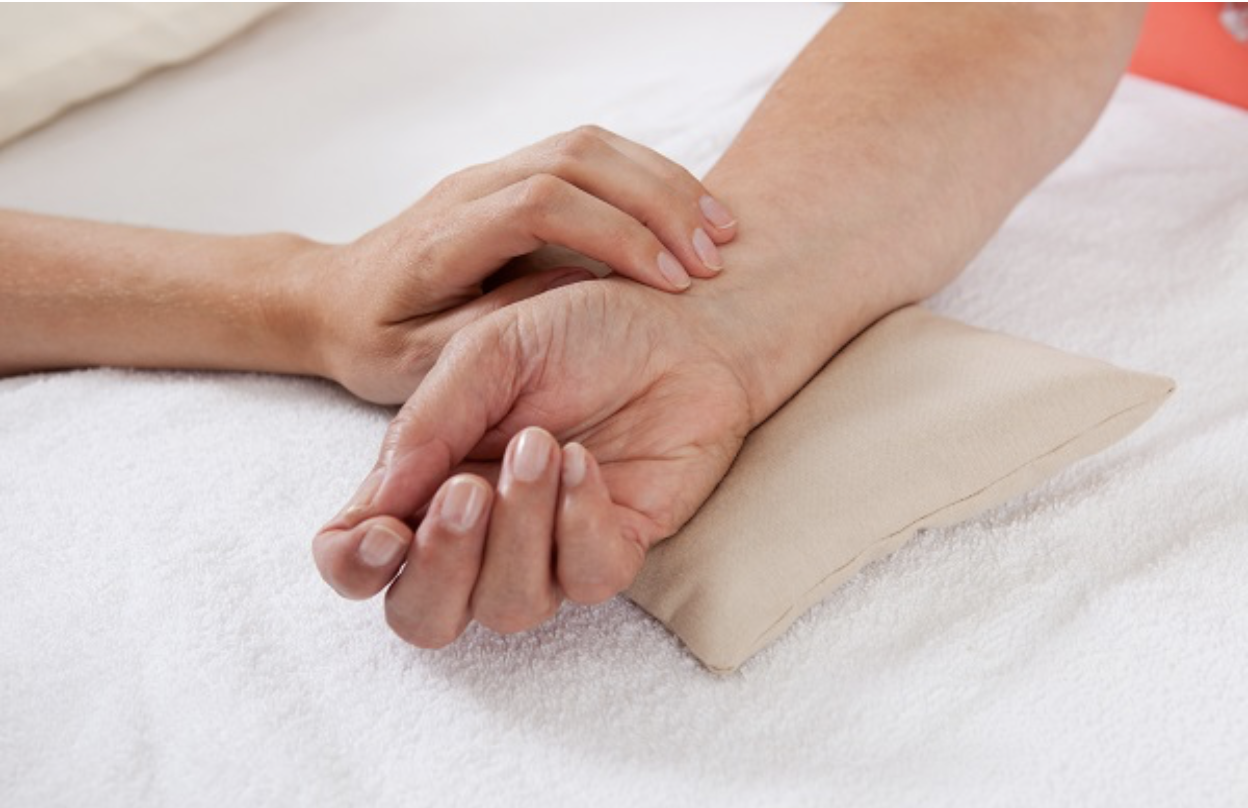
Being able to take a radial pulse is an important step that all healthcare workers need to know how to do. Whether you’re a doctor or a nurse aide, you will need to know how to take a radial pulse at some point in your healthcare journey. Most of the time, pulse is taken electronically in hospital settings however, it is always important to know how to take a radial pulse yourself. As a CNA we always use electronic pulse measurements however, I had to learn how to do it myself before I was licensed as a CNA and I have had to take radial pulses in the hospital setting when the machines are either unreliable or the patient’s heart rate is (either afib or the machine just can’t read it for whatever reason). This guide gives you step-by-step instructions on how to take a radial pulse in a healthcare setting as a healthcare team member. After reading this step-by-step guide you will know how to take a radial pulse which will make you a valuable and reliable team member when the team is having any technological issues and knowing how to do this may help you save someone’s life in or outside of the healthcare setting!
Supplies
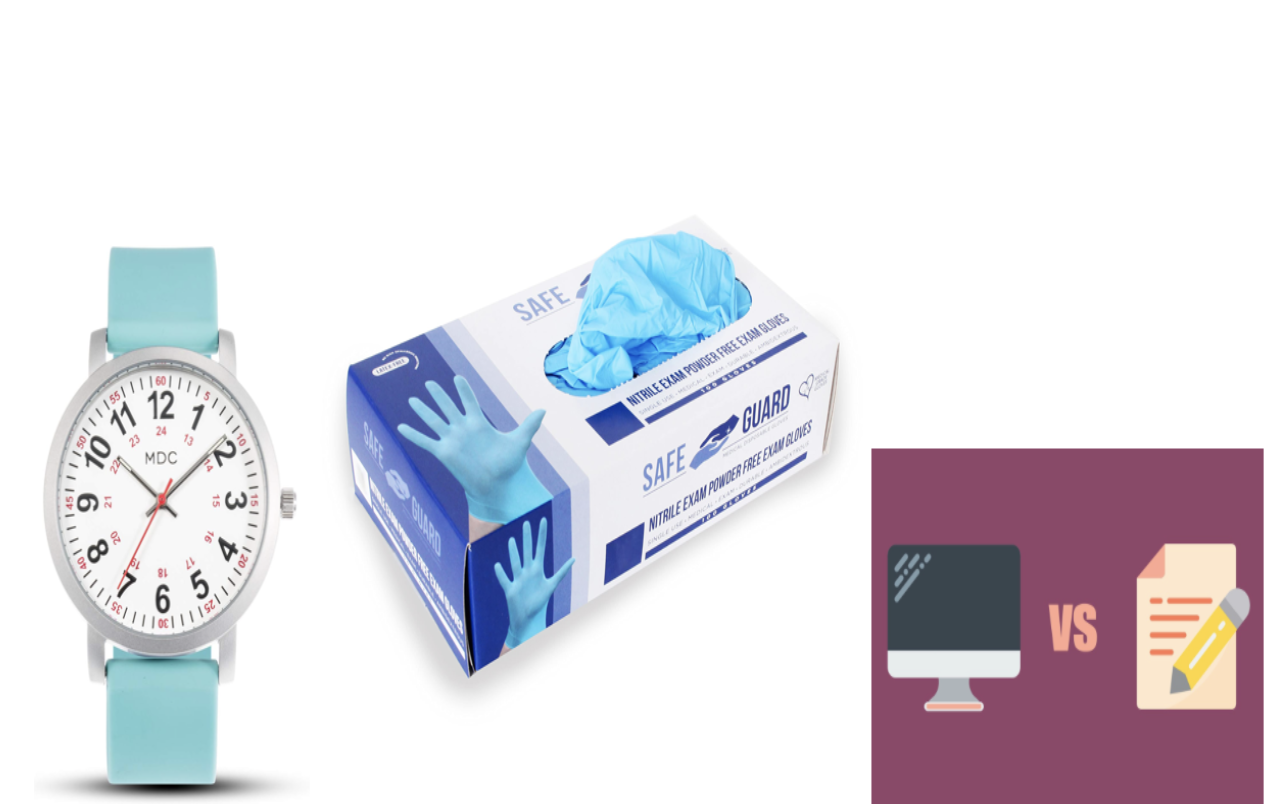
Gather your needed supplies:
- Gloves
- A watch with a second hand OR a clock with a second hand
- Paper or computer to chart or document the measurement
Introduce Yourself!
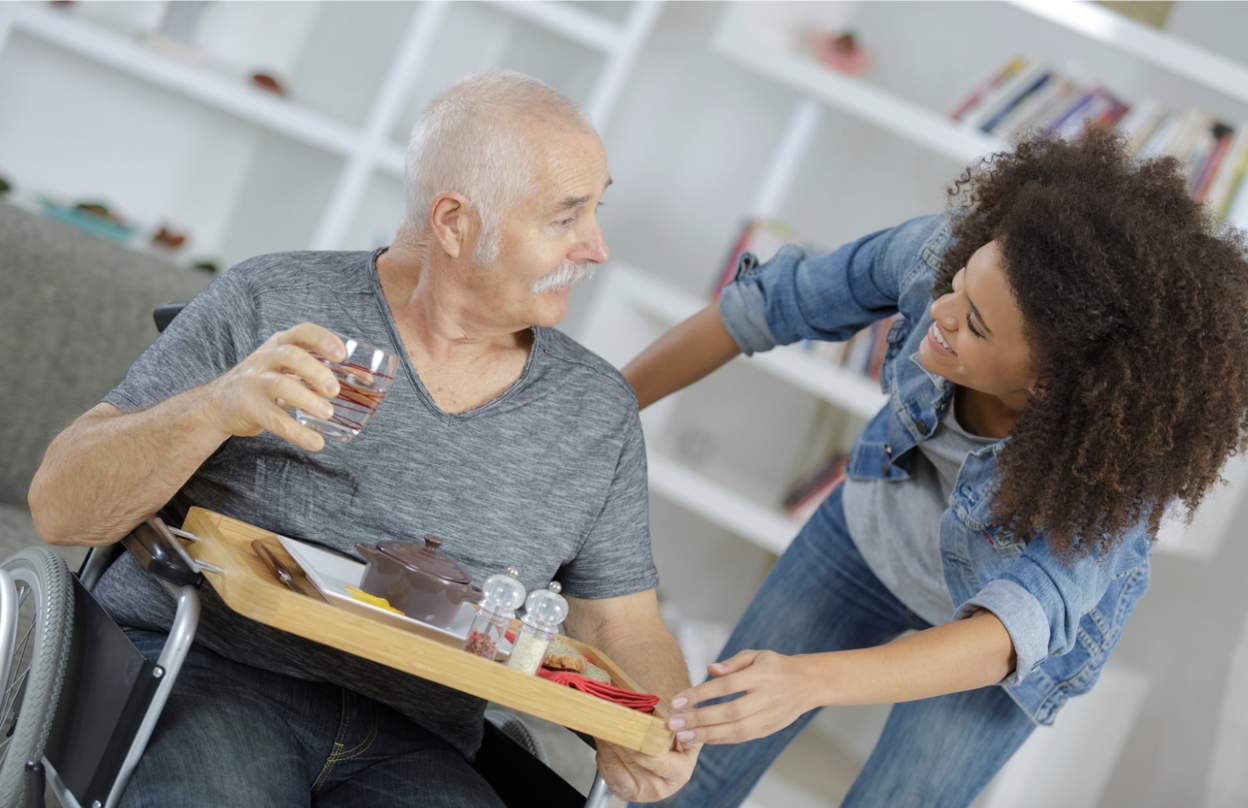
Always practice vocalization with your patients! It is important they know what you are doing when you are with them!
- Introduce yourself to the patient and explain what you will be doing.
- "Hi my name is _____, I will be your (CNA/MA/PCA/RN etc.) for today. I am just going to check your radial pulse."
Hand Hygiene!
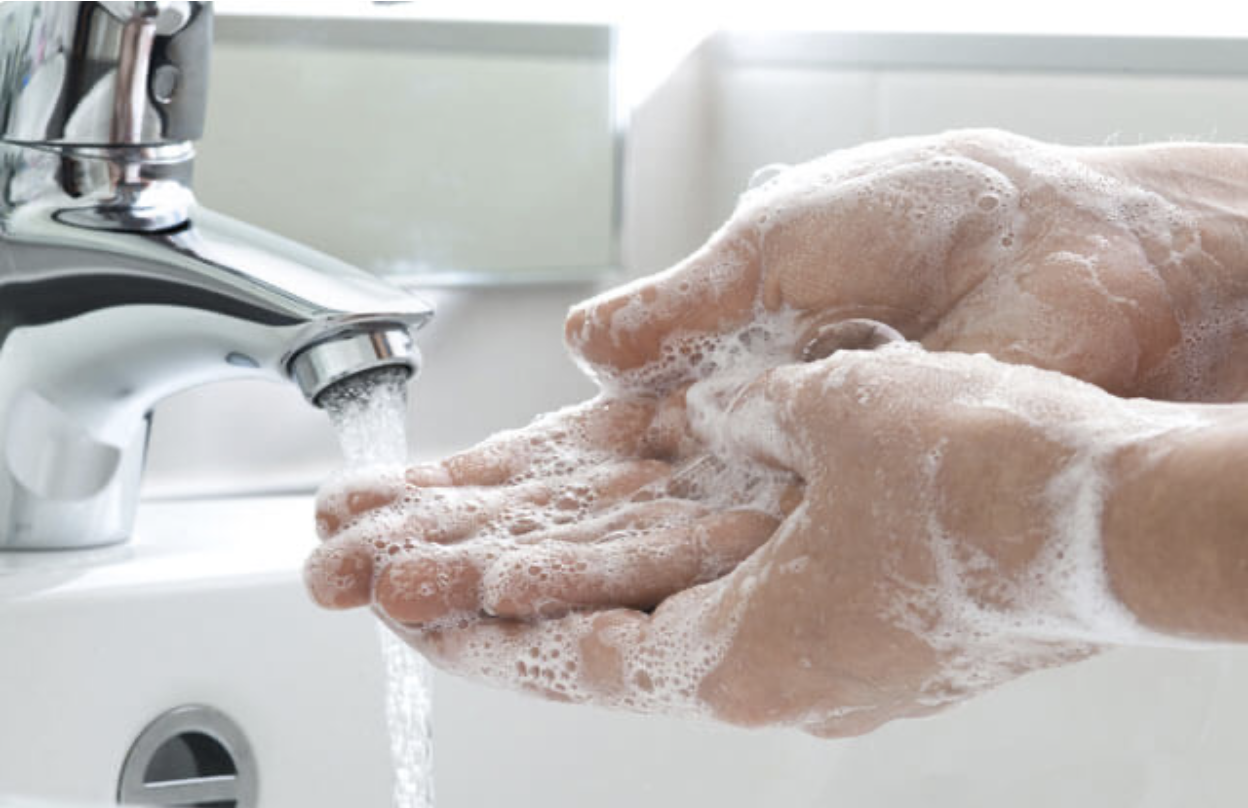
- Always clean your hands thoroughly before and after any task performed in a patient's room!
- Wash your hands!
- Soap and Water:
- Turn on the sink
- Grab some soap
- Scrub your hands all over including the wrists and each finger for at least 20 seconds straight without touching the running water
- Take a few extra seconds to scratch your finger tips on your palms to get rid of any dirt under the fingertips
- Rinse off with water
- Grab clean paper towels and dry hands thoroughly
- Use these paper towels to turn off the sink and then dispose of paper towel.
- Hand Sanitizer
- Get one pump of hand sanitizer
- Rub the sanitizer into your hands thoroughly using the same technique mentioned for soap and water (hands, fingers, wrists, and fingernails)
- Rub until the friction dries your hands completely
- Put on gloves!
Verify the Patient
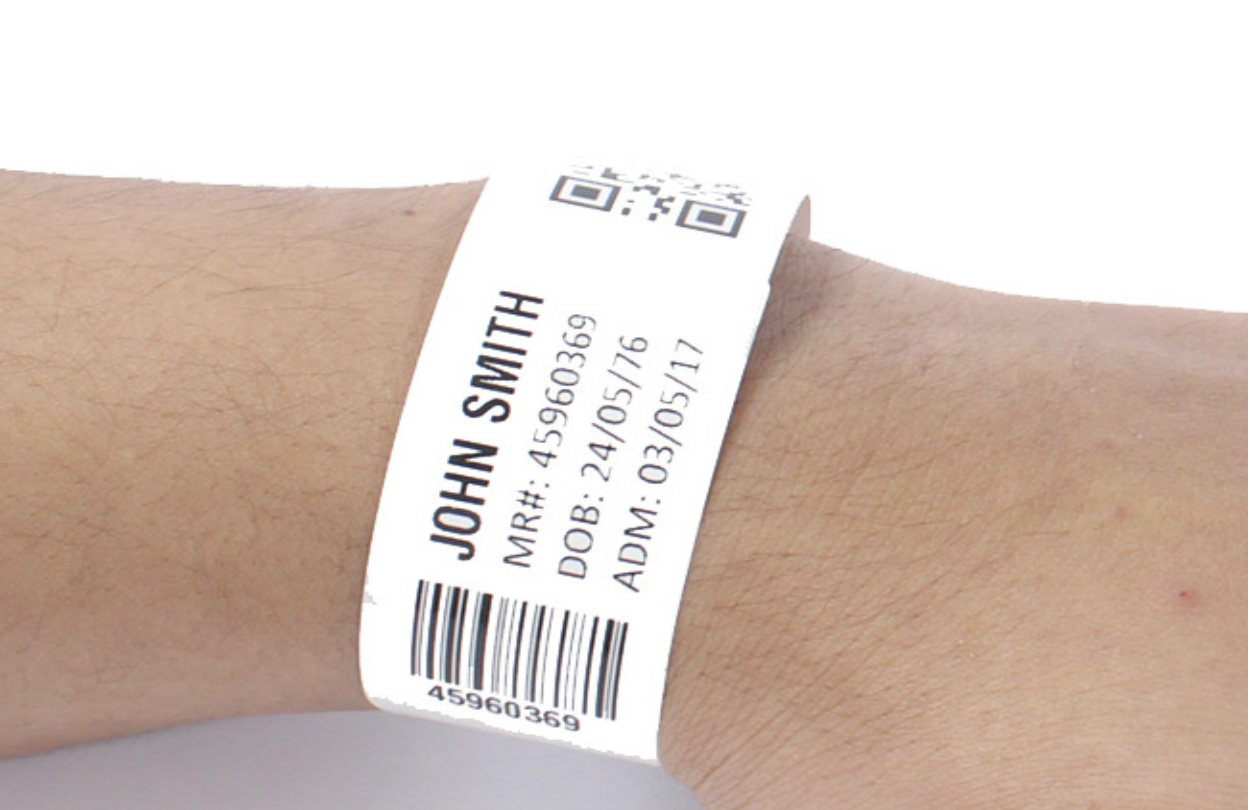
Always ensure you are with the right patient before documenting anything!
- Ask them for their name and birthdate OR
- Check their patient ID bracelet
Find Their Radial Pulse!
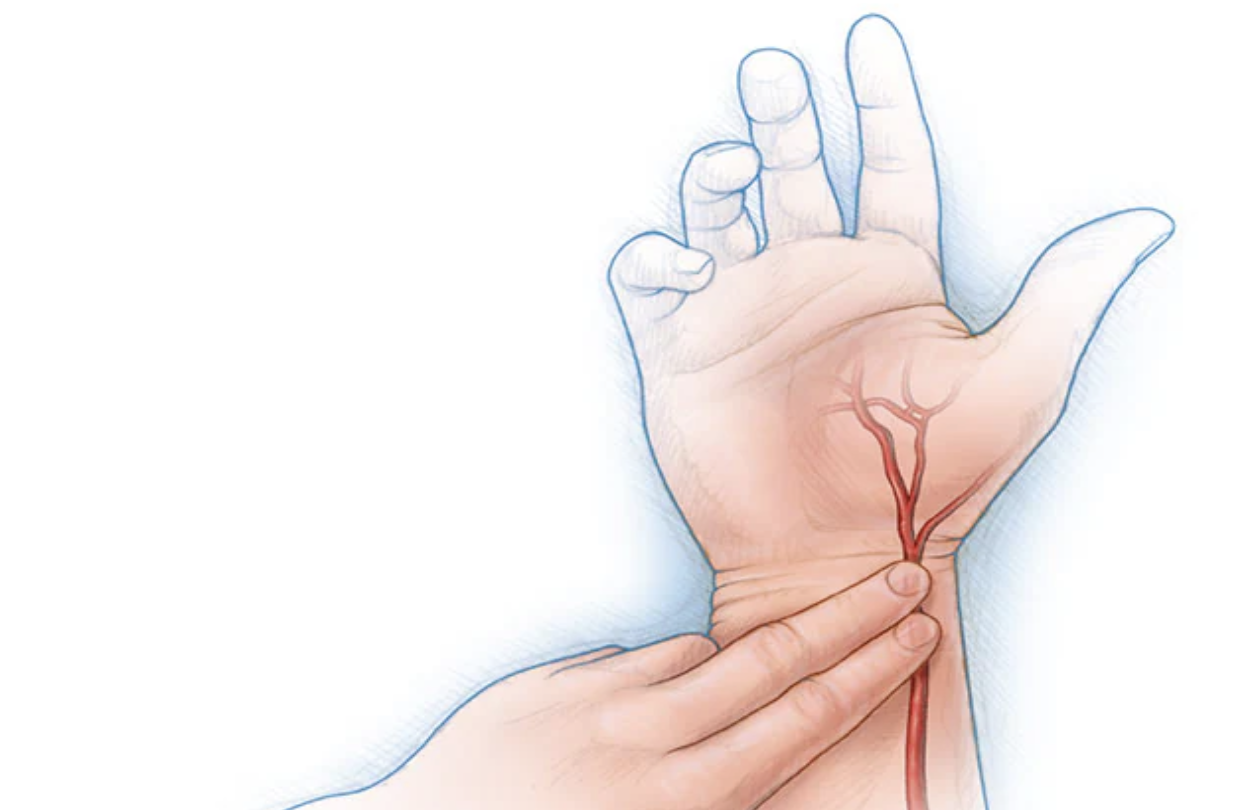
Make sure you have found a strong enough radial pulse before you begin counting!
This may be hard to find if you have never done so before, don't stress!
- To locate the radial pulse place two fingers on their wrist on the side of their thumb. (This is where the radial artery is located!)
- You will know that you have found their radial pulse if you have two fingers over their radial artery and feel a "bump-bump" (this is the feeling of their heart beating pumping the blood through this artery)
- If you cannot feel anything with your fingers try pressing harder and moving your fingers around the thumb side of their wrist near the (potentially visible) veins until you find a pulse.
Counting: Measuring Their Pulse!
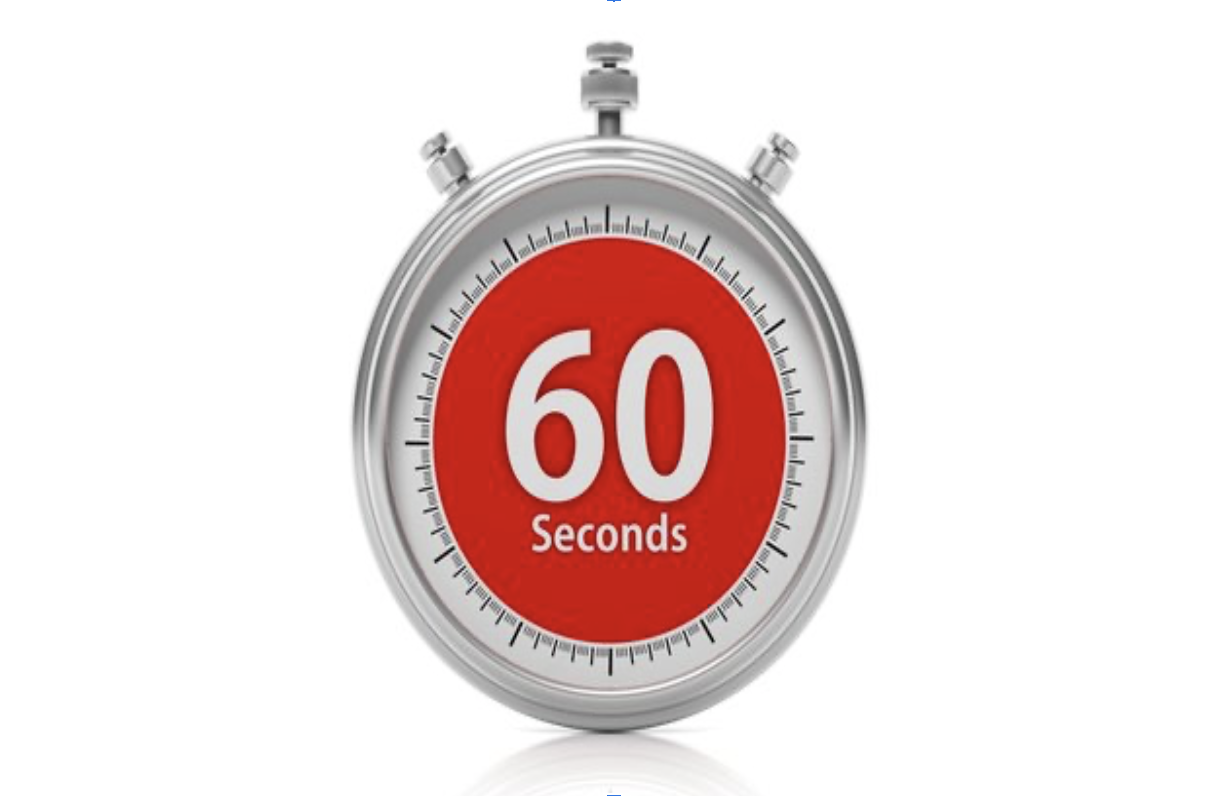
Here you are ready to take your measurement, which will last for 60 seconds. When counting their pulse, each beat should feel like 2 beats ("bump-bump" of the heart pumping). Do not count these as 2 beats, it is one, count each "bump-bump" as one beat.
- Count the patient's pulse for exactly 60 seconds
- You may want to ask the patient to be quiet, if they can be, if it helps you count their pulse
Dispose of Gloves + Hand Hygiene!
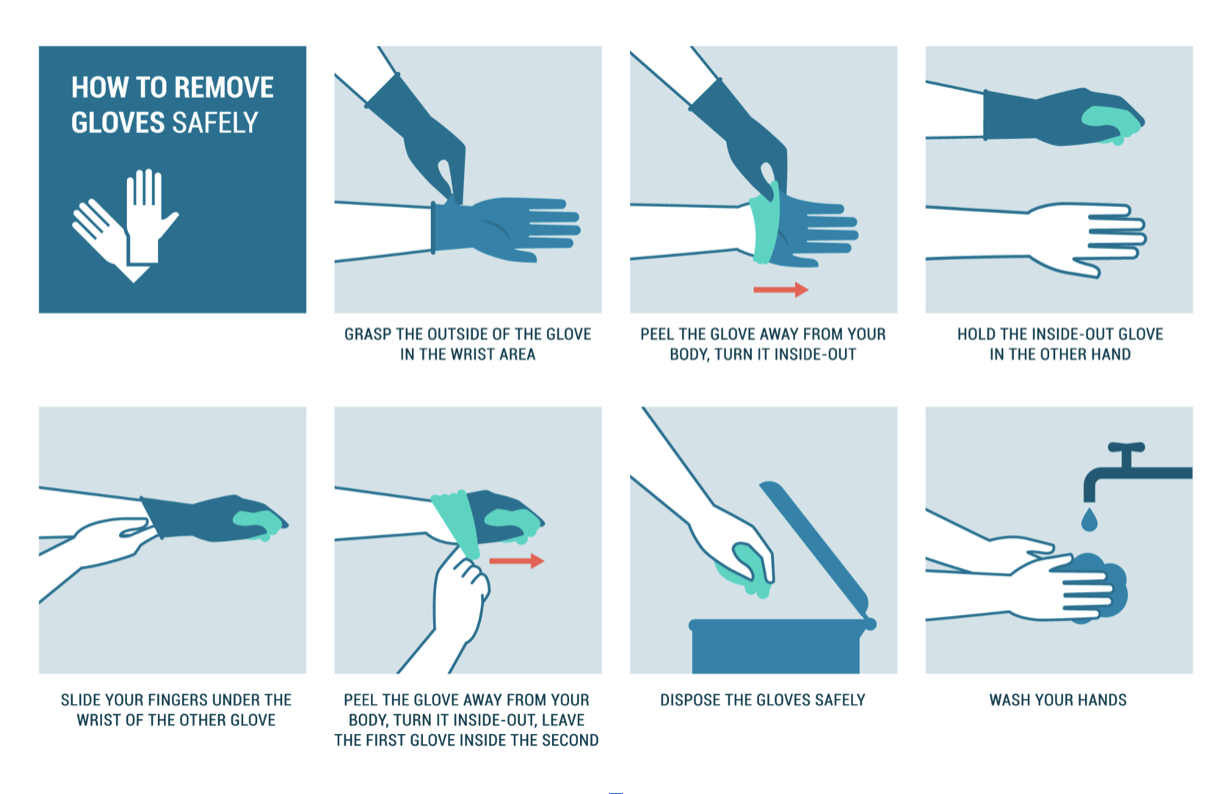
Remember: Always perform hand hygiene before and after any activity performed with a patient!
To properly remove your gloves: follow the bulleted steps below and the figure. Remember: proper disposal means you do not touch the exterior of your gloves with your bare hands as they are considered "contaminated".
- Properly dispose of your gloves!
- pinch the outside of the glove near the wrist and pull it off your hand inverting it.
- put this inverted glove into your gloved hand balled up.
- take your now free (gloveless) fingers and slide underneath the glove at the wrist and peel it off without touching the outside of the glove.
- properly dispose of your gloves in the trash
- Wash your hands as mentioned in step 2!
Documenting!
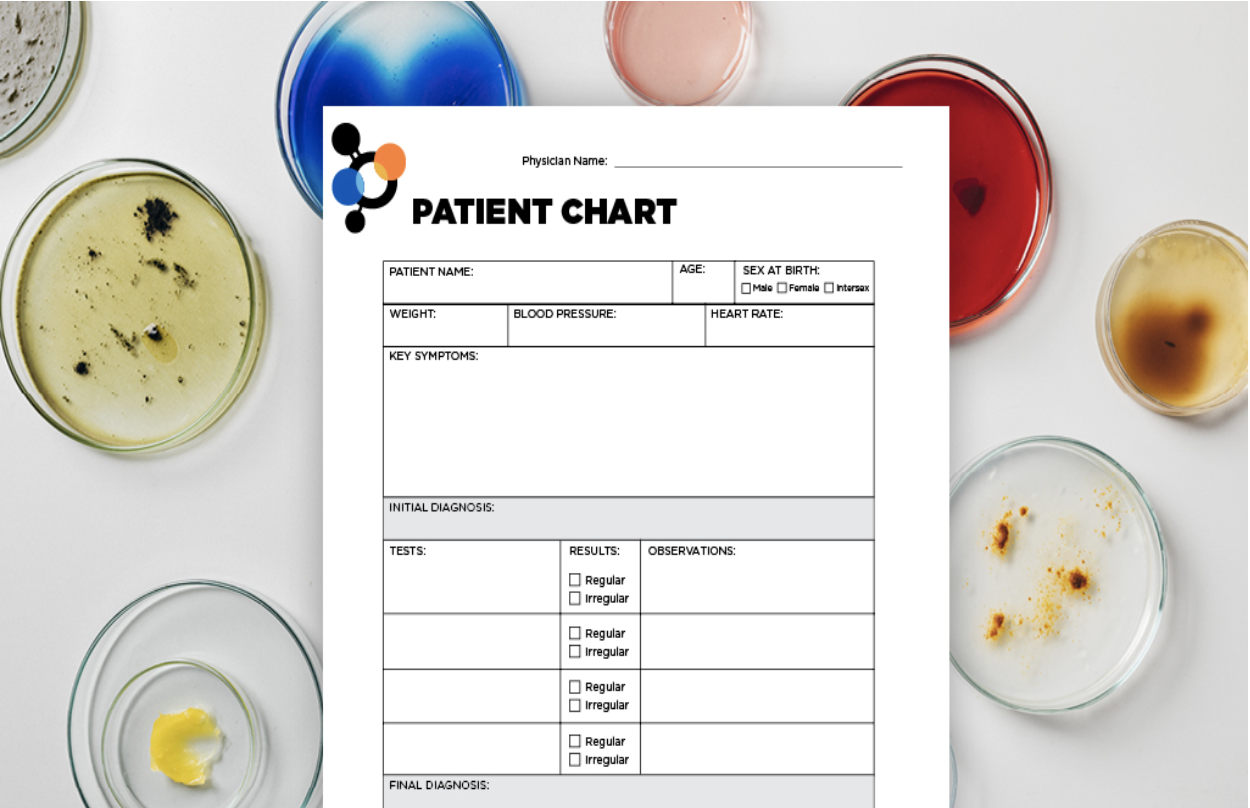
Record the measurement collected in step 5 in the patient's chart. Most charting is done on a facility computer however, it could be on a facility/work phone or on a piece of paper depending on the facility and job role.
- Document or chart the value into the patient's charting system including the number and how it was measured (radial).
- IF you do not have access to the patient's chart be sure to document the measurement on paper or whatever process is set up by your healthcare facility and your job role.
Alerting the Healthcare Team!

If the pulse is abnormal OR if you are required to do so, be sure to inform the healthcare team. This is an important step of escalating information to the healthcare team to ensure the patient is taken care of and to ensure that you do not get in trouble for a lack of communicating important information!
- The normal range of a resting pulse is 60-100 beats per minute (bpm). If it is outside this range you may want to inform a nurse or a clinician about this critical value!
- Depending on your facility, your "normal" pulse range may vary so be sure to ask a clinician or another healthcare team member to ensure you know what a critical value is. Some facilities use the "normal" range of 50-120 bpm while others use the typical 60-100. Be sure you are aware of your facility's guidelines.
- If the measurement recorded is definitely outside of the normal range, be sure to alert the nursing team or doctor ASAP!